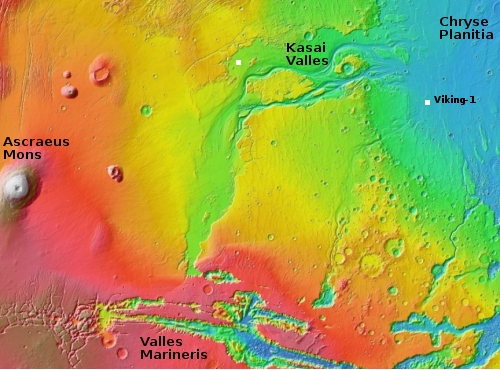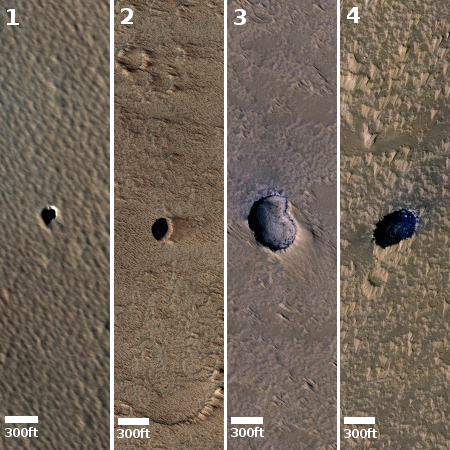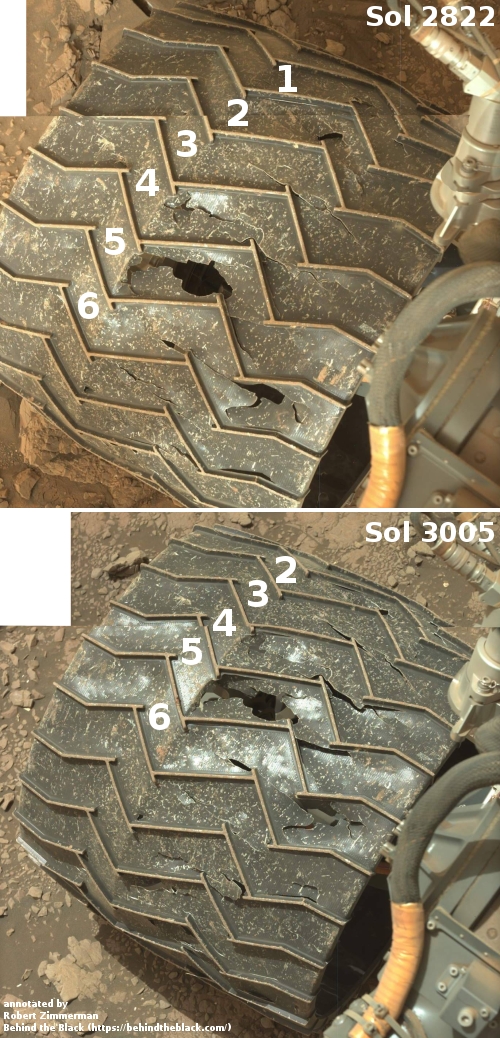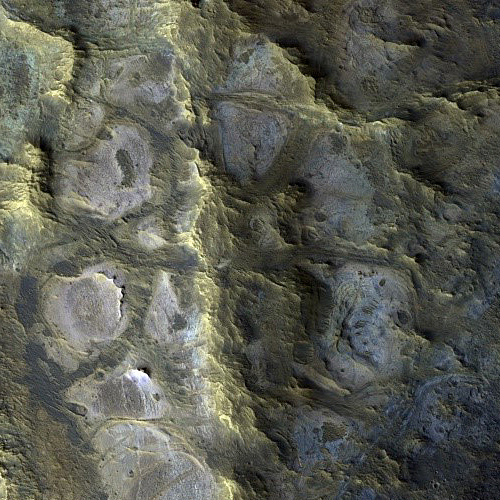Axiom’s first passengers to ISS paying $55 million each
Capitalism in space: The three non-Axiom employees who will fly as part of the crew for the company’s first private manned mission to ISS are paying $55 million each for the privilege.
The first private space station crew was introduced Tuesday: Three men who are each paying $55 million to fly on a SpaceX rocket. They’ll be led by a former NASA astronaut now working for Axiom Space, the Houston company that arranged the trip for next January.
“This is the first private flight to the International Space Station. It’s never been done before,” said Axiom’s chief executive and president Mike Suffredini, a former space station program manager for NASA. While mission commander Michael Lopez-Alegria is well known in space circles, “the other three guys are just people who want to be able to go to space, and we’re providing that opportunity,” Suffredini told The Associated Press.
The first crew will spend eight days at the space station, and will take one or two days to get there aboard a SpaceX Dragon capsule following liftoff from Cape Canaveral.
The initial press release made it appear that all four men were crew members and not passengers. And though Axiom and these passengers are both continuing to de-emphasize the tourist nature of their flight, claiming they will each be tasked with science research and that it “is 100% not a vacation for these guys,” the simple fact remains that they are paying customers, flying in space for the fun of it.
Why Axiom and these passengers feel obliged to misconstrue the tourist nature of their flight puzzles me. There is no reason for them to be ashamed of their desire to fly in space. Nor should they feel any guilt about having the money that allows them to pay for the privilege. This is what freedom is all about. They earned their wealth, and it now allows them the chance to do something grand. All power to them.
The actual ticket-price is also intriguing. At $55 million it is far more than the $35 million paid by the last tourist flown on a Russian Soyuz to ISS, though less than the $75 to $90 million the Russians were charging NASA. Overall it appears the price per ticket for an orbital flight has gone up, though the emerging competition is likely stabilizing the price at a lower plateau.
The announcement is also interesting in that so little is mentioned of SpaceX. Though the flight has been sold as an Axiom one, this particular tourist flight will depend entirely on SpaceX hardware to get to and from ISS. Axiom has merely acted as the broker for the flight.
Eventually Axiom will have its own in-space habitable space, first attached to ISS as new modules and later flying free as its own space station after ISS is retired. Right now however the real achievement is coming from SpaceX. This detail must be recognized.
Capitalism in space: The three non-Axiom employees who will fly as part of the crew for the company’s first private manned mission to ISS are paying $55 million each for the privilege.
The first private space station crew was introduced Tuesday: Three men who are each paying $55 million to fly on a SpaceX rocket. They’ll be led by a former NASA astronaut now working for Axiom Space, the Houston company that arranged the trip for next January.
“This is the first private flight to the International Space Station. It’s never been done before,” said Axiom’s chief executive and president Mike Suffredini, a former space station program manager for NASA. While mission commander Michael Lopez-Alegria is well known in space circles, “the other three guys are just people who want to be able to go to space, and we’re providing that opportunity,” Suffredini told The Associated Press.
The first crew will spend eight days at the space station, and will take one or two days to get there aboard a SpaceX Dragon capsule following liftoff from Cape Canaveral.
The initial press release made it appear that all four men were crew members and not passengers. And though Axiom and these passengers are both continuing to de-emphasize the tourist nature of their flight, claiming they will each be tasked with science research and that it “is 100% not a vacation for these guys,” the simple fact remains that they are paying customers, flying in space for the fun of it.
Why Axiom and these passengers feel obliged to misconstrue the tourist nature of their flight puzzles me. There is no reason for them to be ashamed of their desire to fly in space. Nor should they feel any guilt about having the money that allows them to pay for the privilege. This is what freedom is all about. They earned their wealth, and it now allows them the chance to do something grand. All power to them.
The actual ticket-price is also intriguing. At $55 million it is far more than the $35 million paid by the last tourist flown on a Russian Soyuz to ISS, though less than the $75 to $90 million the Russians were charging NASA. Overall it appears the price per ticket for an orbital flight has gone up, though the emerging competition is likely stabilizing the price at a lower plateau.
The announcement is also interesting in that so little is mentioned of SpaceX. Though the flight has been sold as an Axiom one, this particular tourist flight will depend entirely on SpaceX hardware to get to and from ISS. Axiom has merely acted as the broker for the flight.
Eventually Axiom will have its own in-space habitable space, first attached to ISS as new modules and later flying free as its own space station after ISS is retired. Right now however the real achievement is coming from SpaceX. This detail must be recognized.






